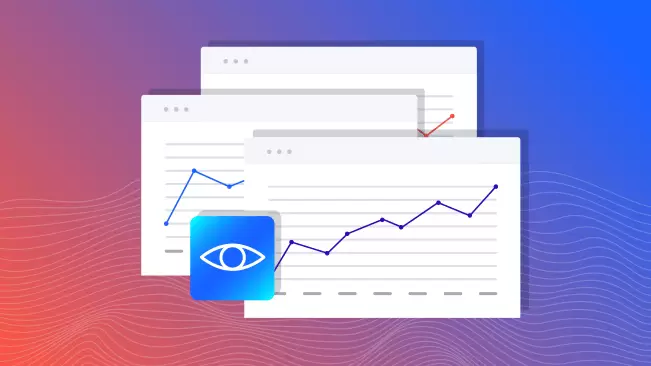Simply put, website metrics are measurement factors used to track a site's performance. You can use these numbers to your advantage by looking at the statistics. Website metrics such as traffic, conversion rate, most popular pages, etc. can be The main benefit of tracking these metrics is to get a clear idea of your website. This can help you identify what gaps your site has.
Why are website metrics important?
Metrics allow you to see how effectively a website is "converting" customers, which means visitors are making purchases. They show you whether the site's articles, images, videos, and other features meet customer demands and expectations. Some of the benefits of using website metrics are:
Identification and improvement of weakly functioning aspects of the site;
Determining who came to the site, when and why;
Measuring the success of various digital marketing campaigns;
Understanding what customers are interested in and why;
Predict future trends based on current data.
Websites generate many different pieces of information. Here are 7 metrics that can help you target and improve website performance:
1. Website traffic
Tracking the total number of visitors to a website measures a brand's ability to attract an audience. If you see an increase in website traffic after posting a certain type of content, it may indicate that it is connecting with your audience.
2. Bounce Rate
The Bounce Rate metric reports the number of users who leave a website immediately after visiting it. A lower bounce rate means more visitors stay on the website longer. This can give you a better chance of converting them into customers.
3. Top pages
Knowing the top performing pages on your site helps you identify the content that generates the most traffic. This can provide information about what visitors are most interested in on your site. For example, if you get a lot of traffic to a particular blog, it may be beneficial for you to add more blog posts.
4. Traffic sources
Traffic sources indicate where website visitors are coming from, such as a link from another site or an organic search engine result. Understanding which sources bring traffic to your site can help you improve your marketing strategies.
5. Device sources
This metric shows the type of devices visitors use to access the site. You can use the metric to optimize your site for devices and target your marketing campaigns.
6. Conversion Rate
Conversion rate measures the percentage of visitors who take a desired action, such as a purchase. For example, a company that sells products may offer online coupons. To track conversion rates, you divide the number of users who bought a company's product with a coupon by the total number of people who saw the ad.
For example, out of 100 people who view the offer, 25 people buy the product. To find the conversion rate, you divide 25 people by 100 visitors. So the conversion rate will be 25%.
7. Average Session Duration
Average session duration refers to the average time users spend on a particular website, app or platform during a single session. It is usually calculated by dividing the total duration of all sessions by the number of sessions in a given period.


.webp)




